How Lighting and Mood Transform Your AI Images
🌅 1️⃣ Why Lighting Matters in AI Art
Lighting shapes the way we see and feel an image.
Whether you’re going for cinematic drama, dreamy softness, or crisp realism, the AI model responds differently based on your lighting choices.
Examples of lighting types:
🌞 Natural light – perfect for realistic portraits or outdoor scenes.
💡 Studio light – ideal for product visuals or portraits with clarity and control.
🌇 Cinematic light – creates mood and storytelling depth.
🔦 Neon / Ambient light – adds futuristic and artistic flair.
💡 Expert Tip: When writing prompts, always include lighting keywords.
Example:
“A fantasy warrior standing in glowing sunset light, cinematic lighting, volumetric fog.”
🌫 2️⃣ Understanding Mood in AI Images
The mood of an image defines its emotional tone.
AI models on StyonArt (like FLUX, Stable Diffusion, or DALL·E) interpret adjectives such as mysterious, melancholic, or epic to shape the atmosphere of your creation.
Popular moods to try:
🌤 Serene – calming colors, soft lighting.
🌌 Mysterious – dark tones, cool contrast, subtle highlights.
🔥 Dramatic – strong directional light, intense shadows.
🌈 Vibrant – high saturation, dynamic composition.
🌙 Dreamy – blurred edges, warm glow, pastel palette.
💡 Expert Tip: Combine lighting and mood — e.g., “dreamy lighting with golden tones” or “cold cinematic shadows for a mysterious effect.”
🎨 3️⃣ How to Apply It on StyonArt
On StyonArt, experimenting with light and mood is effortless:
Select your preferred model (DALL·E, Stable Diffusion, or FLUX).
Add lighting and mood descriptors in your prompt.
Adjust style — Cinematic, Digital Art, or Fantasy — to enhance atmosphere.
Generate multiple variations and compare how each lighting setup affects tone and emotion.
💬 Pro Tip: The “Cinematic” style on StyonArt works best with dramatic lighting, while “Digital Art” thrives with neon or ambient setups.
🧠 4️⃣ Real-World Example
Let’s take a simple prompt:
“A woman standing in a city street at night.”
Now, add lighting and mood:
“Under a neon blue light, cyberpunk atmosphere.”
“Soft golden sunset light, peaceful and emotional.”
“Cinematic backlight with rain and reflections, dramatic mood.”
Each version feels completely different — same subject, different emotion.
⚡ 5️⃣ The Psychology of Light in Art
Light influences perception.
Warm light feels inviting and emotional, while cool tones evoke mystery or loneliness.
By controlling light, you guide the viewer’s emotion — it’s visual storytelling powered by AI.
💡 Remember: Lighting isn’t decoration; it’s communication.
🏁 Conclusion: Master the Mood, Master the Message
Lighting and mood are the soul of AI-generated art.
Once you learn how to control them, you can turn any concept into a masterpiece that truly connects with people.
👉 Start experimenting today at StyonArt.com — where creativity meets intelligent light.






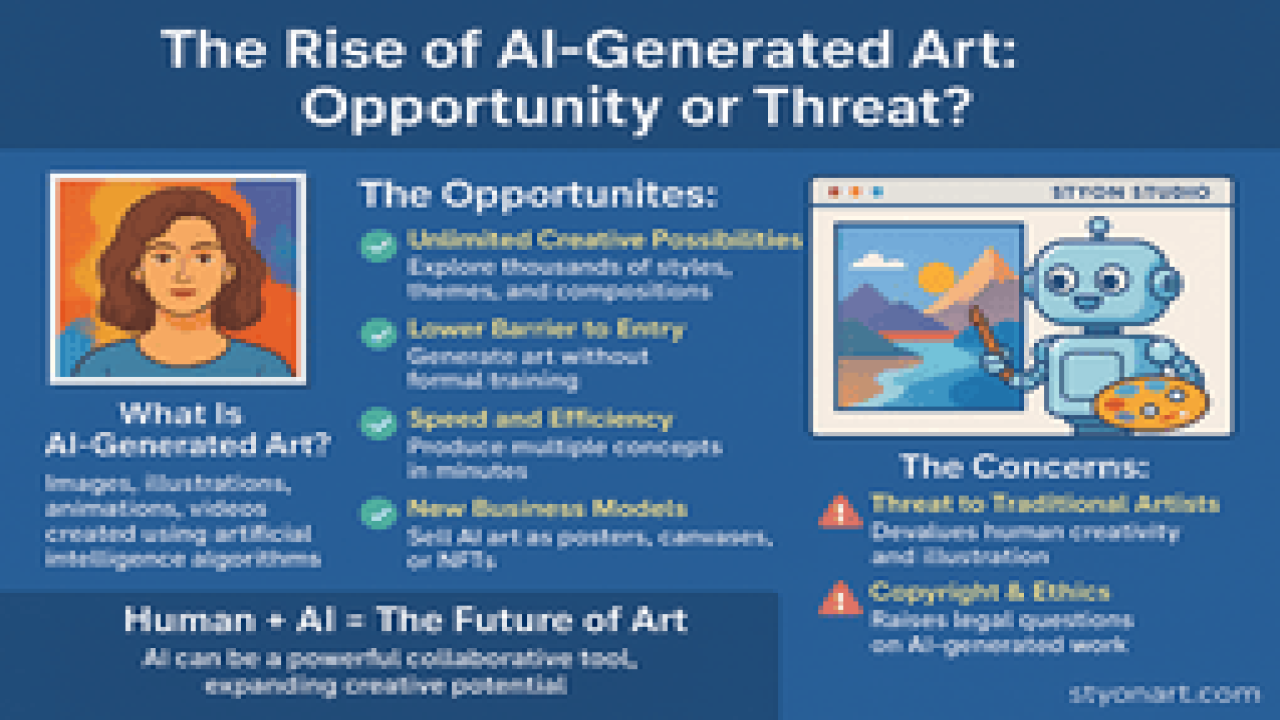
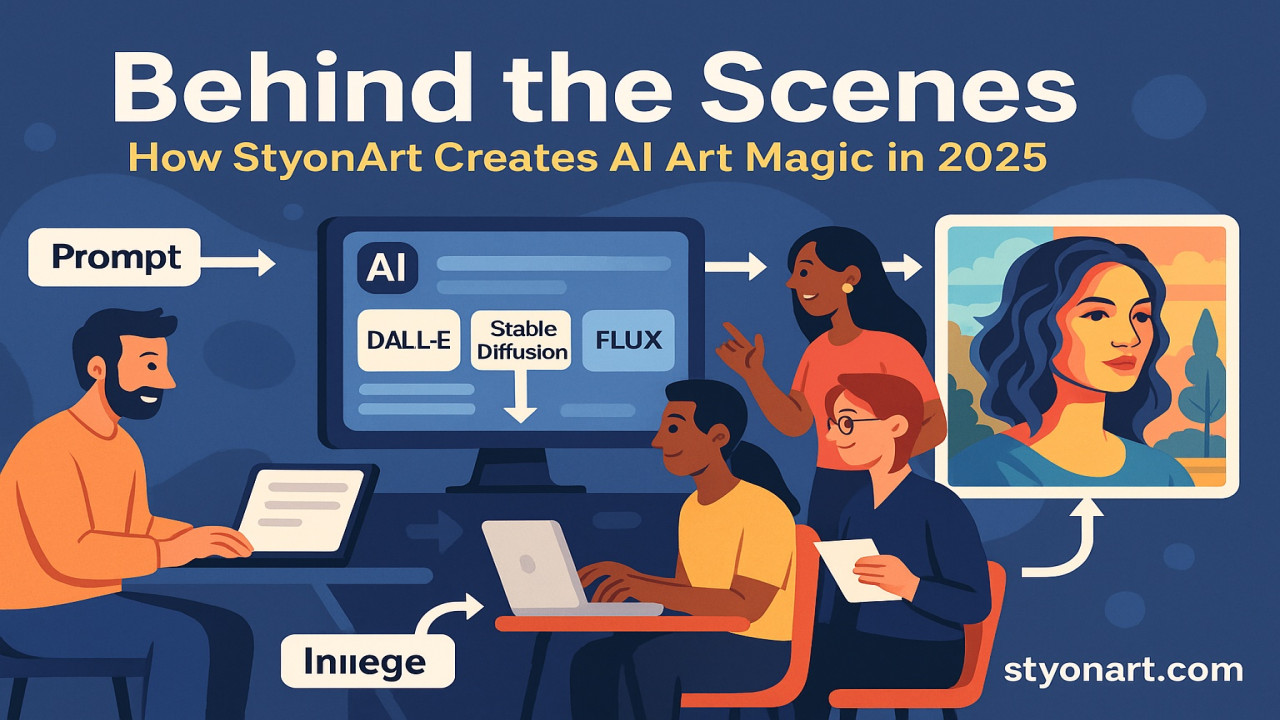

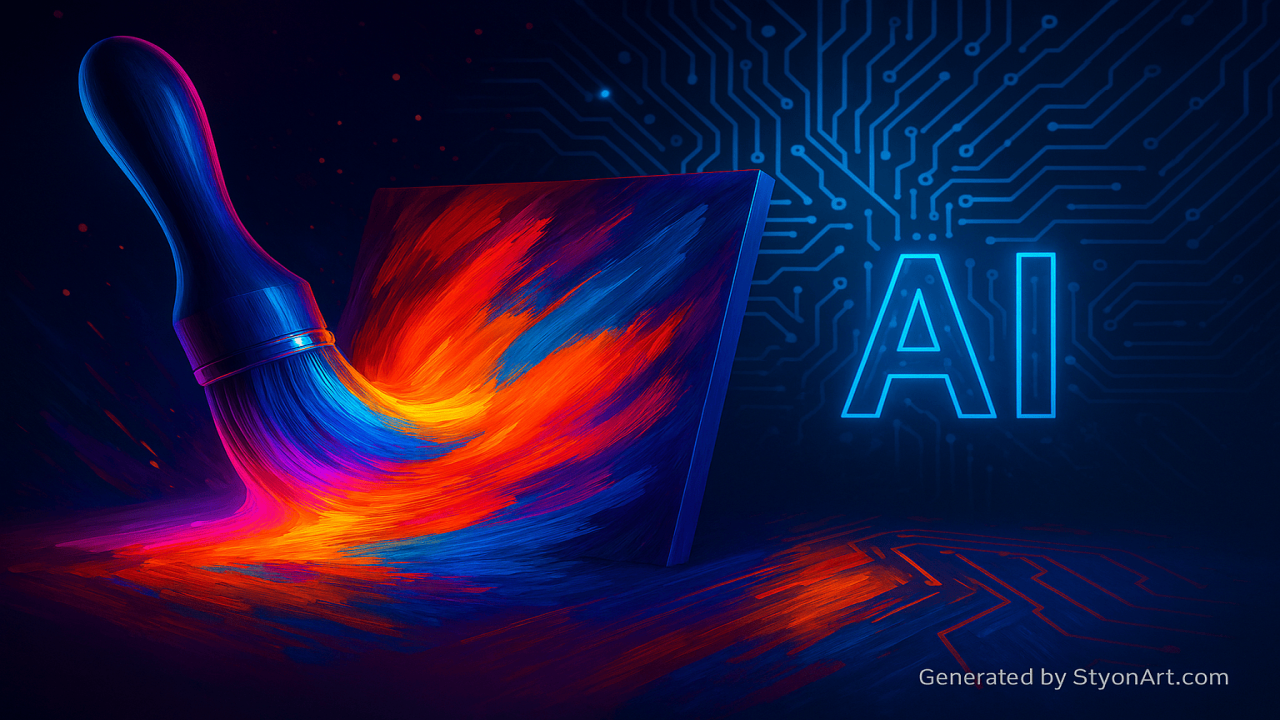

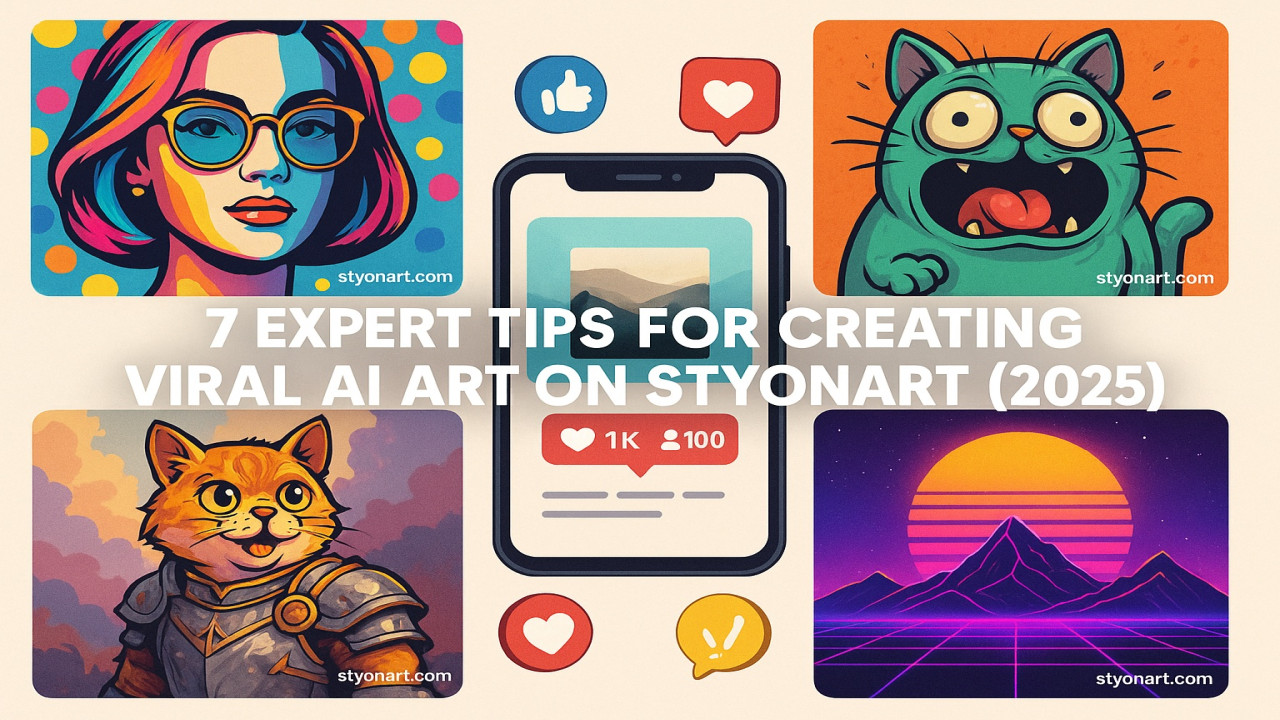
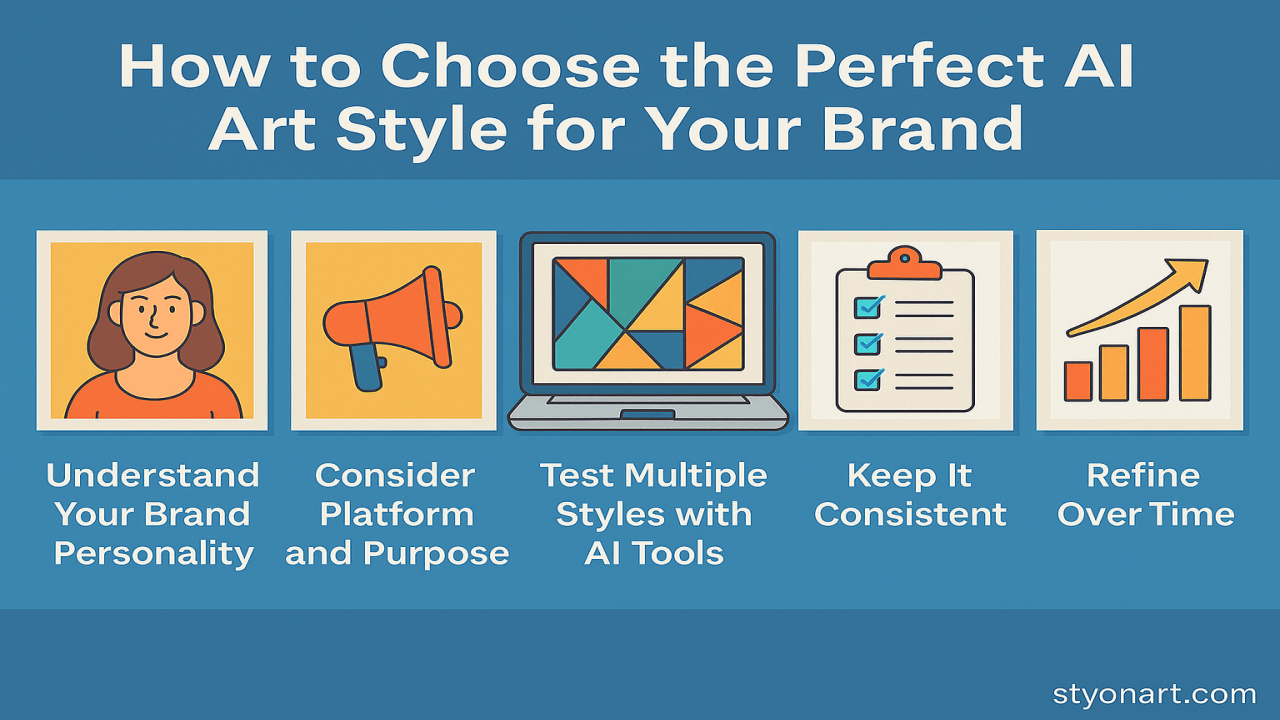
Comments (0)
No comments found